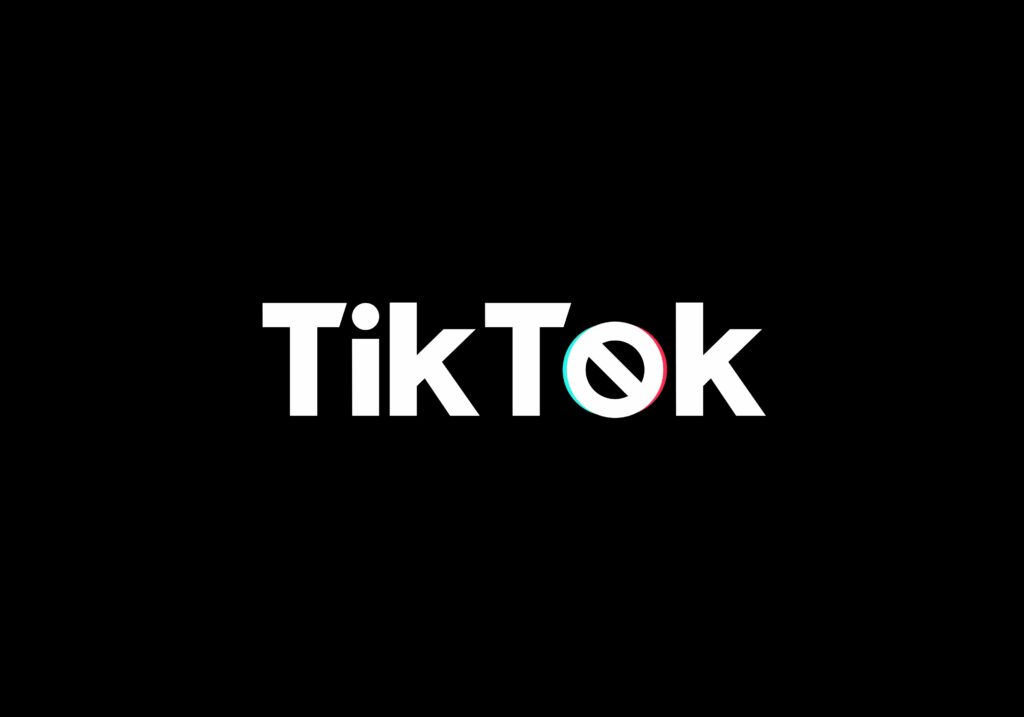
On May 15, 2025, TikTok—the world’s leading short-form video platform—suffered a massive global outage that disrupted services for millions of users. From content creators to marketers and casual users, the sudden blackout sparked confusion, memes, and serious concerns about the digital world’s increasing dependence on single-platform ecosystems.
The issue quickly trended worldwide as #TikTokDown, with users flooding X (formerly Twitter), Reddit, and YouTube in search of updates.
What Happened: The Scope of the Outage
The disruption began around 4:15 PM ET, with a sharp spike in user complaints on Downdetector. By 4:45 PM, over 32,000 reports were logged across the U.S. alone. Affected users encountered:
- Login failures
- Frozen or empty “For You” feeds
- Missing likes, comments, or video stats
- Constant “No internet connection” alerts despite full connectivity
- App crashes or inability to upload new content
For about 4–5 hours, TikTok was either completely or partially inaccessible in several countries including the United States, United Kingdom, India, Canada, and parts of Europe.
How Users Reacted: Frustration, Memes & Lost Revenue
As with previous outages, TikTok users took to X to vent frustration, joke, or ask if others were experiencing the same issue. Popular reactions included:
- Creators expressing panic over missed brand deals or disrupted uploads
- Businesses delaying influencer-led campaigns
- Humorous memes comparing the outage to “the end of the world”
For influencers, even a short window of lost engagement can affect daily revenue. Many rely on real-time views, trends, and algorithm timing for maximum visibility.
Potential Causes of the TikTok Outage
While TikTok has not officially confirmed the cause as of now, several plausible explanations are commonly associated with such widespread issues:
1. Server Overload
A sudden spike in traffic—potentially triggered by a viral trend, celebrity event, or glitch—may have overloaded TikTok’s global infrastructure.
2. Backend Software Glitches
Misconfigured code, buggy updates, or network routing failures can cascade rapidly across distributed systems, taking the app offline worldwide.
3. Failed Maintenance
Platforms like TikTok routinely perform maintenance. If a patch or update doesn’t deploy correctly, it can lead to partial outages.
4. Cyberattack (Less Likely)
Though rarer, large platforms can be targeted by Distributed Denial of Service (DDoS) attacks, which flood servers with traffic, causing crashes.
5. Human Error
Even simple mistakes—like deploying faulty configurations—can cause global-scale disruptions, as seen with past Meta and AWS outages.
TikTok’s Official Response
TikTok Support (@TikTokSupport) on X quickly acknowledged the outage:
“We are aware that some users are experiencing issues accessing TikTok. Our teams are working to resolve this as quickly as possible. Thank you for your patience.”
By 9:00 PM ET, many users reported restored access, although full service resumed gradually over different regions. No personal data breaches or account losses have been reported.
TikTok’s swift acknowledgment and partial restoration helped reduce panic and misinformation. However, the lack of detailed transparency also sparked calls for clearer communication during outages.
What This Means for Creators & Businesses
This outage wasn’t just a momentary glitch—it served as a wake-up call.
💡 Key Impacts:
- Creators: Lost time equals lost income. No uploads mean no impressions, no engagement, and no ad revenue.
- Brands: TikTok-dependent marketing campaigns were delayed or stalled mid-flight, impacting ROI.
- Users: TikTok is more than entertainment—it’s a daily habit and a primary source of news, trends, and social interaction.
Such outages reveal the risks of platform dependency. Diversification—across YouTube Shorts, Instagram Reels, and even email newsletters—has become essential.
Lessons for the Future
The 2025 TikTok outage highlights the fragile backbone of digital media. As content platforms evolve into economic ecosystems, downtime is no longer just inconvenient—it’s economically and socially disruptive.
Best Practices for Users & Creators:
- Use monitoring sites like Downdetector to confirm outages
- Avoid uninstalling/reinstalling immediately—issues are often server-side
- Stay updated via TikTok’s official social handles on X or Instagram
- Build a multi-platform presence to avoid overreliance on one app
Conclusion: A Reminder of Digital Fragility
While TikTok’s global outage lasted only a few hours, it revealed how intertwined the app is with modern life—economically, socially, and creatively. In an age where digital platforms dominate how we work, socialize, and earn, even a brief disruption can have global ripple effects.
This event reaffirms the need for robust technical infrastructure, transparent crisis communication, and user awareness. More importantly, it encourages everyone—from casual users to Fortune 500 brands—to rethink their digital strategies and plan for the unexpected.
References
- Downdetector Report on TikTok Outage (May 2025)
- X (formerly Twitter) User Reactions
- TikTok Official Support Handle
- Historical Outage Patterns of Social Media Platforms (Meta, Snap, etc.)
You Might Also Like
- Incidents like this highlight how vulnerable our digital lives are — here’s how to stay safe.
- For creators who lost visibility during the crash, AI tools are now filling the gap.

Sandeep Jadhav is a self-taught sustainability writer and the founder of Pulsewire.in. He shares insights on upcycled product manufacturing, green entrepreneurship, and eco-friendly business models. Though not formally certified, his work is backed by deep research and a strong passion for promoting climate-positive innovation.









